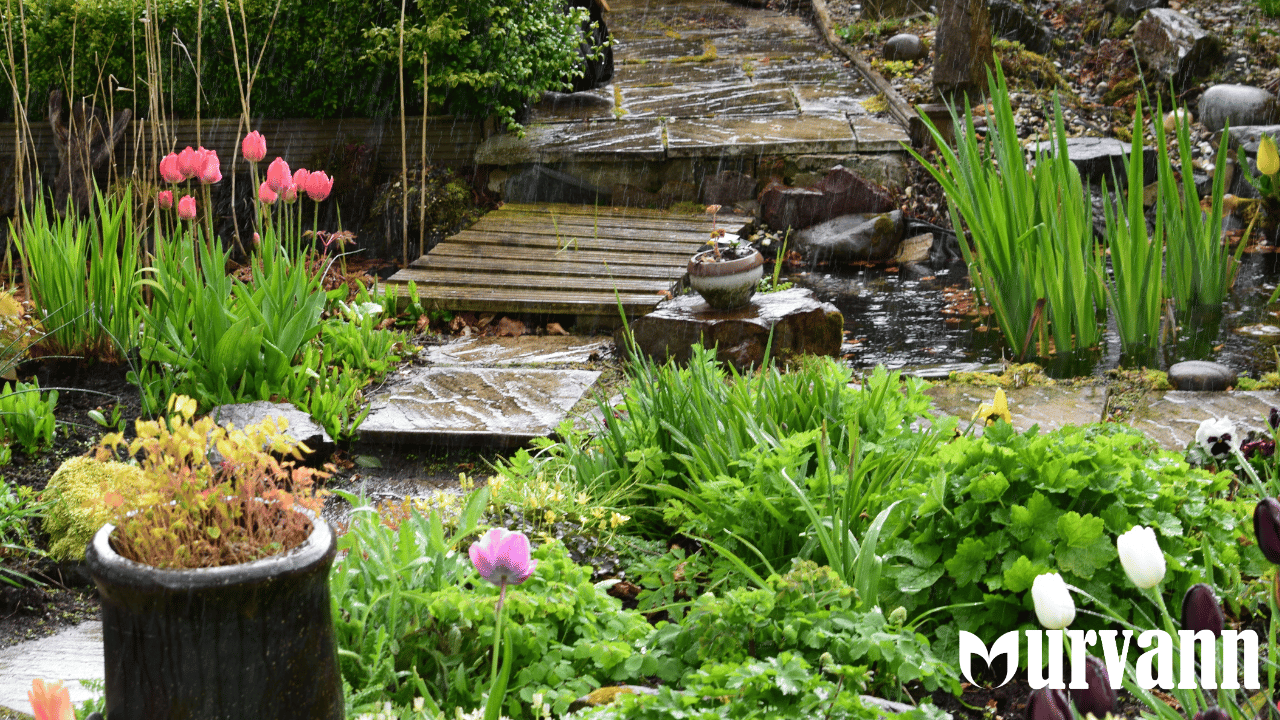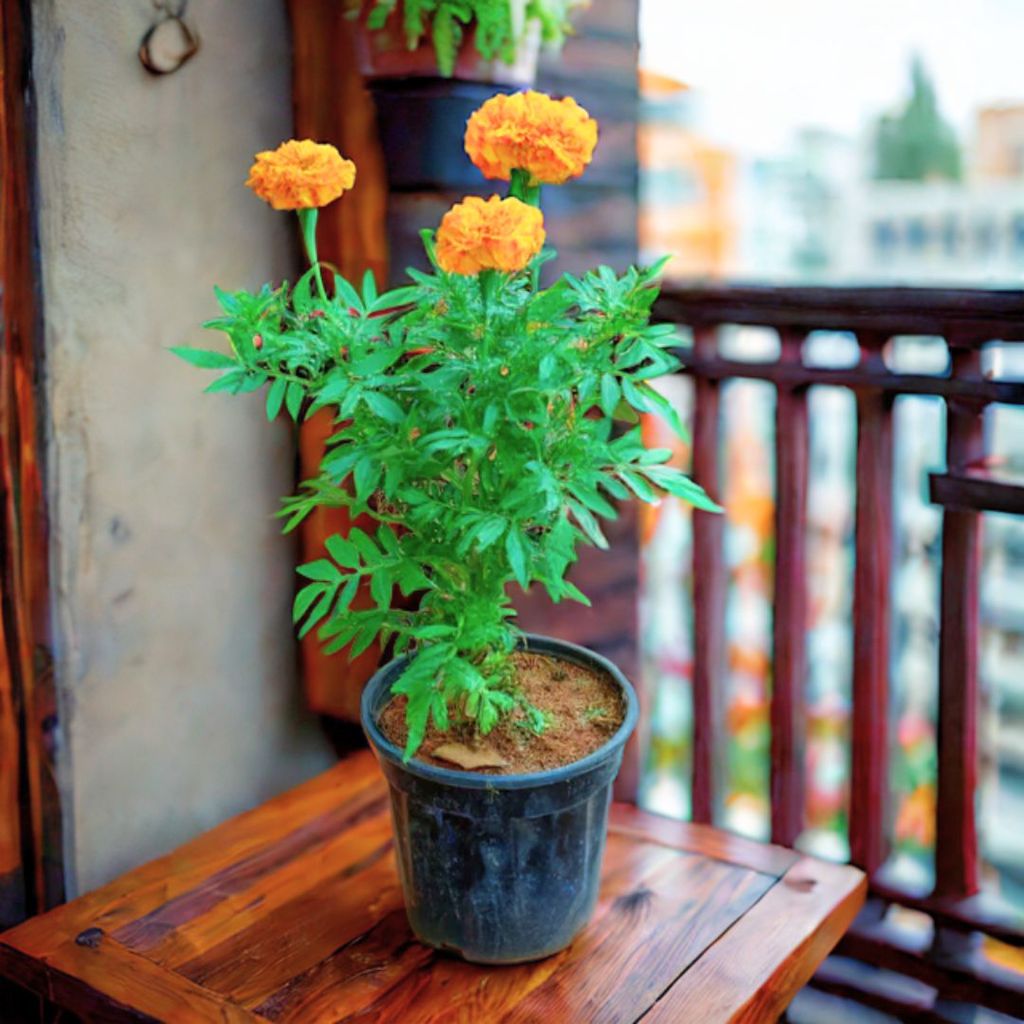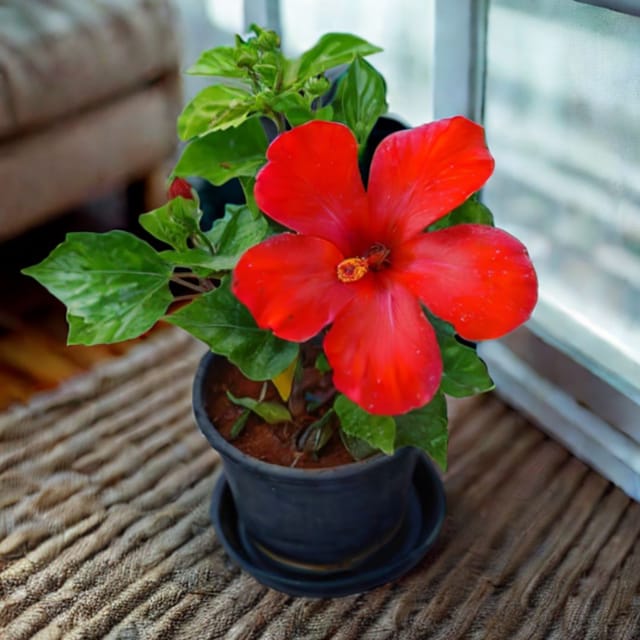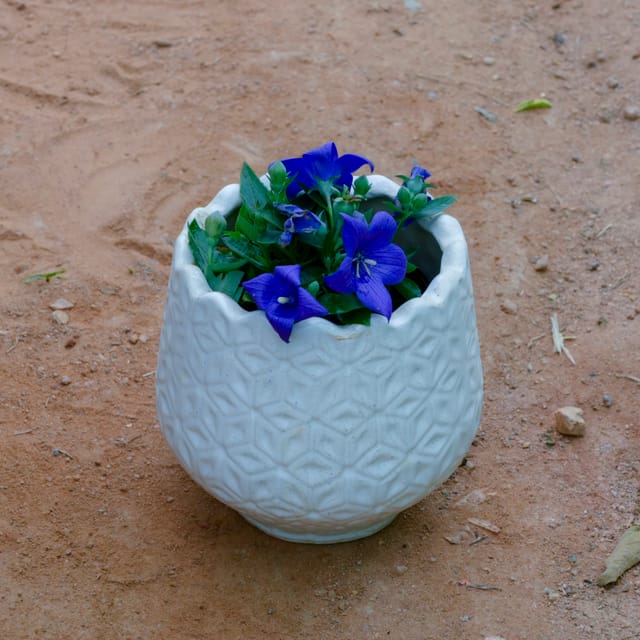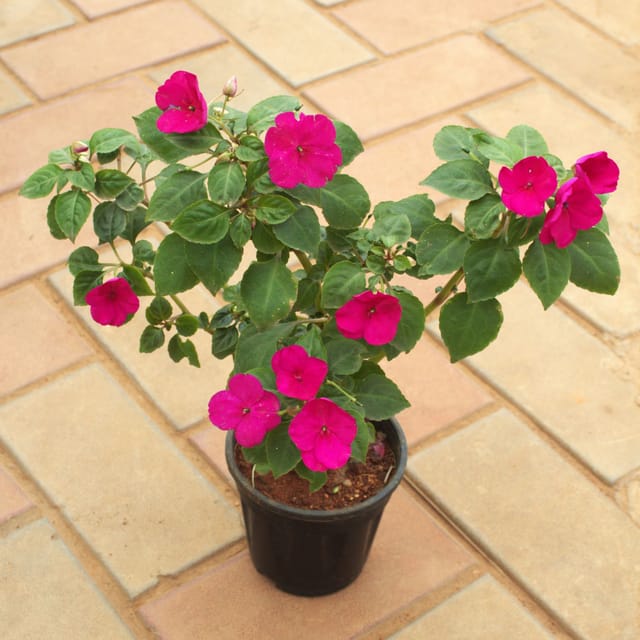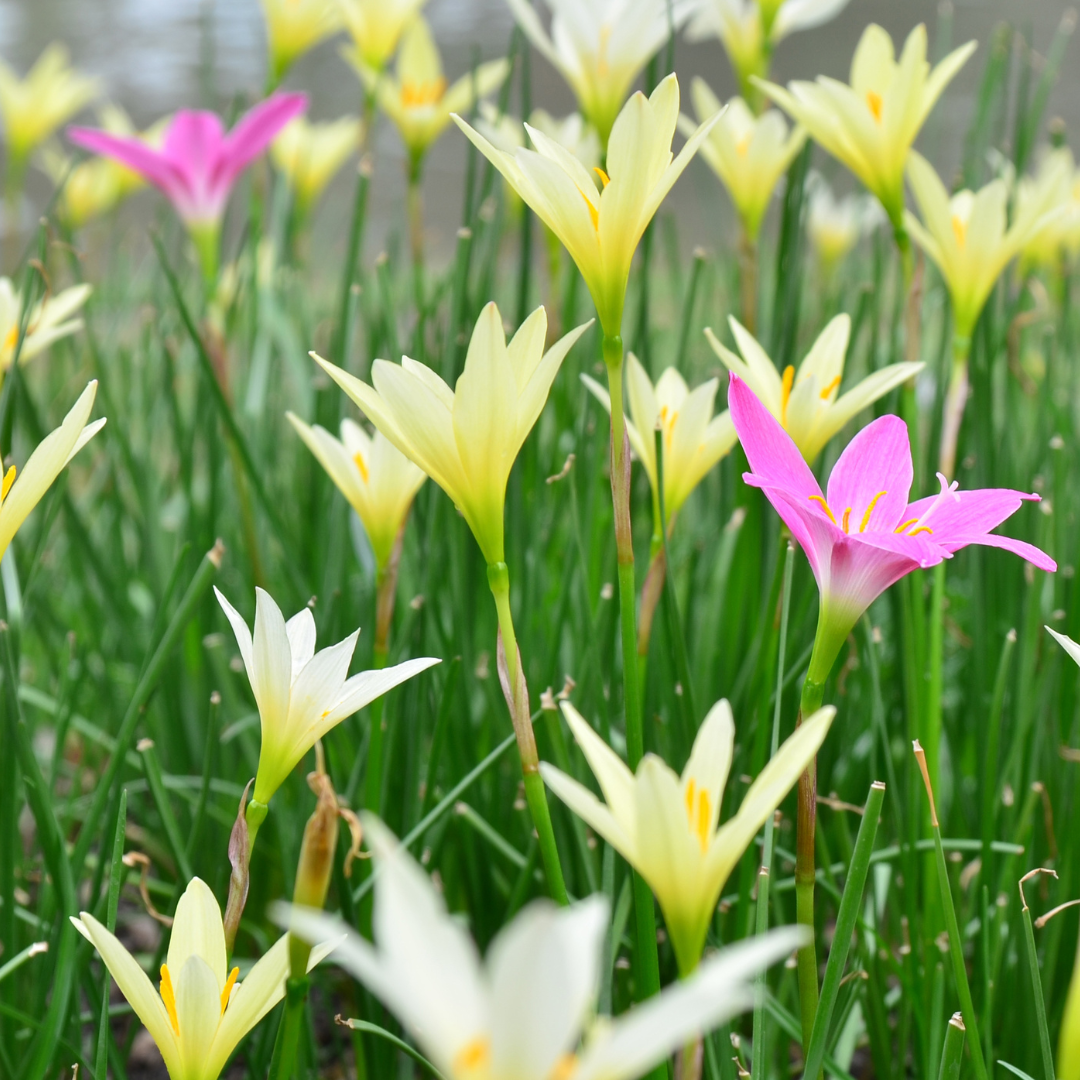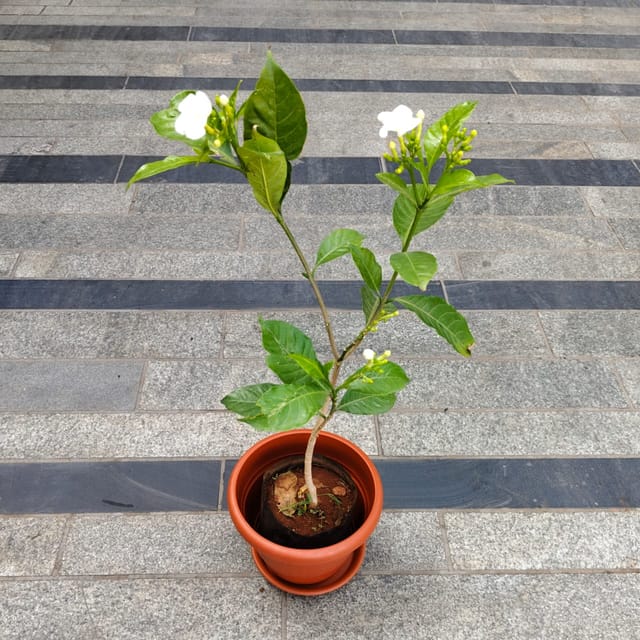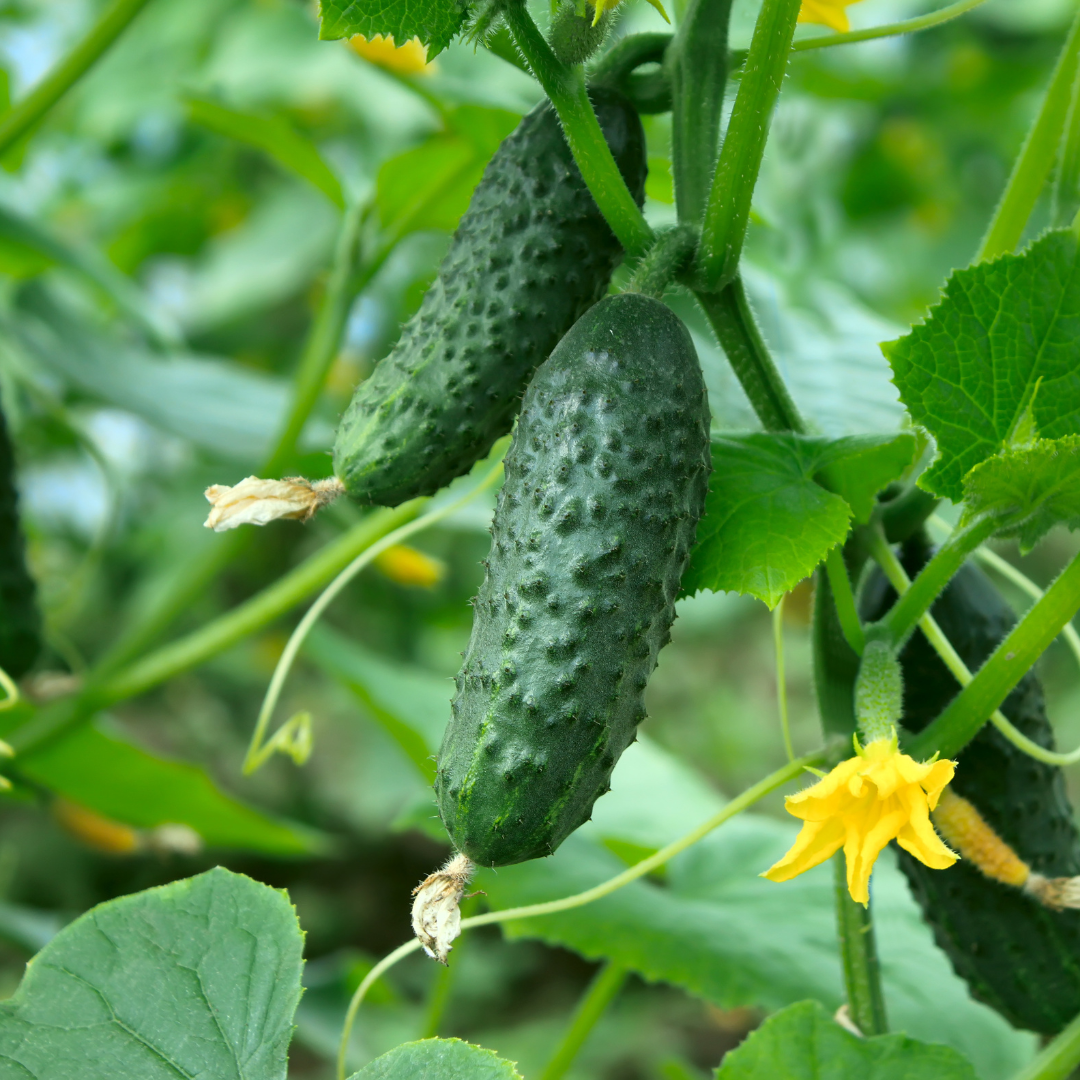A few days ago, one morning in Delhi, the sky was dark, and soon the first shower of rain fell upon us. Amid these scorching summers, the rain felt like a gift from God. It reminded me that the monsoon is near, and so is the beautiful sight of flowers gleaming with the morning dew, looking fresh and full of life. It’s a look everyone is bound to adore, especially when your empty verandahs are longing for something more, something a piece of decor just can't provide. I think it's time for the rainy-season flowers to take their rightful place.
Why is Monsoon the Best Time to Plant?
A clear and fresh atmosphere, a slight chill in the air—a perfect day to stay in, relax, and admire the gardening you've done this season.
While summer offers plenty of sunshine and longer days to get planting, the upcoming monsoon season brings natural irrigation, reduced manual watering, and a perfect environment to support greener initiatives like afforestation projects started by the government. Together, they make for an ideal window to sow, grow, and watch your garden thrive.
Whether you're stocking up for the rains or kicking off your gardening journey, now’s the best time to grab your gardening essentials.
Care Tips for Rainy Season Flowers
- Sterlise the tools and start pruning. This practice helps the plant look tidy and maintains space for proper air circulation.
- To prevent the topmost layer of the soil from washing away, make some adjustments in the garden. Plant ground cover plants like thyme, ferns, etc. You can also install a rain cover for the plants
- If your pots are sitting directly on the floor or soil, they can stay wet for too long. Place bricks, stands, or trays under them to keep them a little higher.
- Rainwater can wash away nutrients from the soil. Add some compost or organic fertiliser once in a while to keep the soil healthy.
- Keep an eye on your garden for any unhealthy signs or pests. Use organic methods like neem oil spray to prevent any such factors from growing.
List of Monsoon Plants Perfect for Home
Rainwater is rich in essential nutrients that help our gardens thrive. Now and then, you might not only spot earthworms in the soil, quietly doing their part as nature’s little helpers, but also watch your plants grow quickly under nature’s magic. I’ve made a list to help you know some of the best plants that grow in the rainy season, including cucumbers, spinach, and various other flowering plants.
Marigold
Also known as Tagetes, marigolds are simple yet elegant flowers that add a touch of grace to any garden. Visually, they come in vibrant shades of orange or yellow and often have a charming pom-pom shape. Marigolds are commonly found in many Indian homes, not just for their religious significance but also for their distinct musky fragrance.
Marigolds are incredibly easy to grow, making them a popular choice among rainy season flowers in India. Marigolds can be propagated not only through stems but also from dried flowers. My mother used to do this often, which showed me just how simple it is to grow marigolds at home. Just crush the dried flowers over fertile soil, and within a week or so, you’ll see the seedlings start to sprout.
Hibiscus
Hibiscus, with its bright red trumpet-shaped flowers, also makes it to the list. This flowering plant is widely adored around the world for its large, showy blooms that are easily recognisable even from a distance. Belonging to the Malvaceae family, hibiscus plants often feature characteristic hairs on their stem surfaces.
If you're wondering which flowers grow in the rainy season, hibiscus is one of them. It thrives in tropical regions, loves the sun, and adds vibrant colour to any garden during the monsoon. I remember spotting butterflies in my verandah, drawn to the nectar of these beautiful flowers. Not only does hibiscus support the ecosystem, but it has also played an important role in Ayurveda for generations.
Plumeria
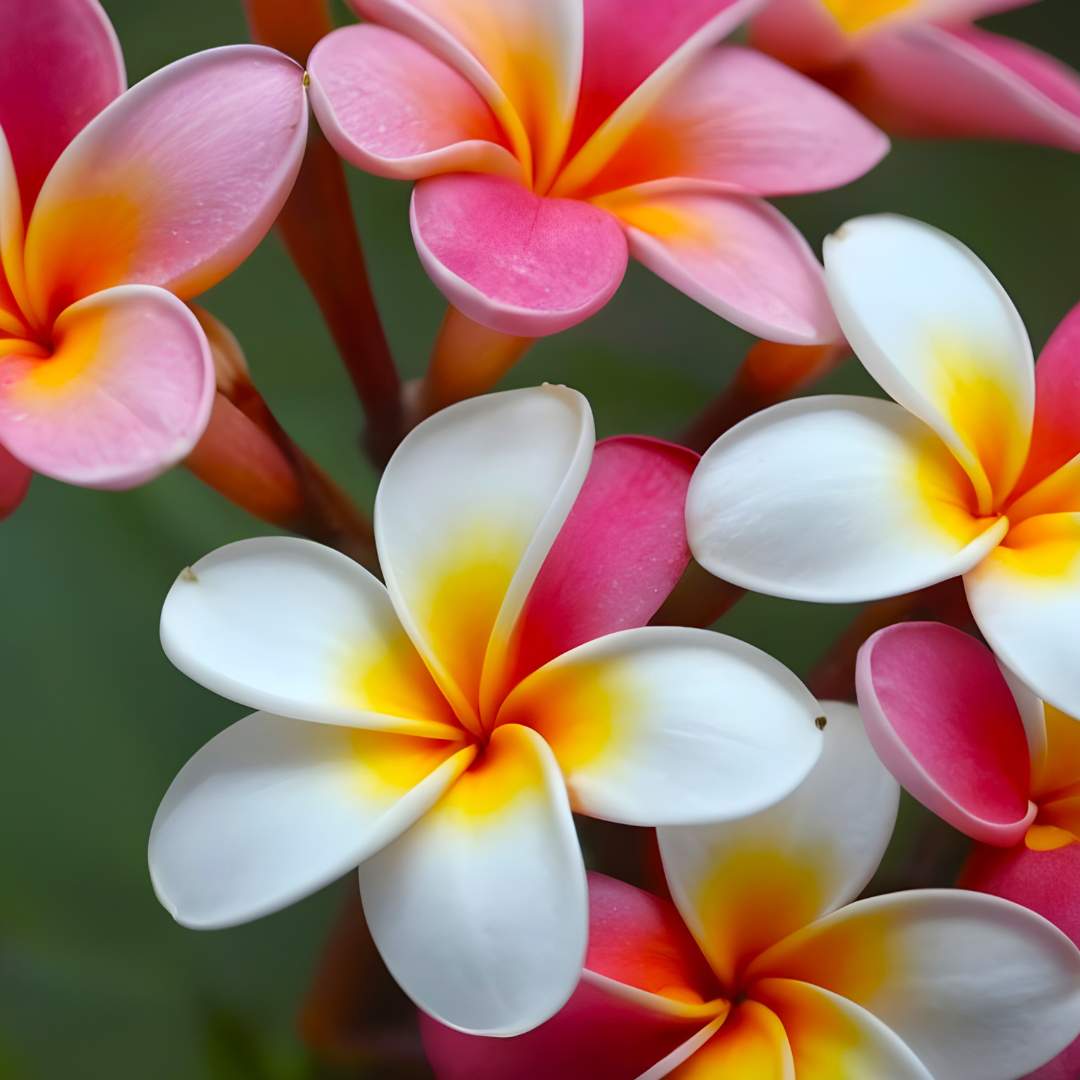
Plumeria, commonly known as Champa, is a plant you’ve probably spotted often in your neighbourhood. The plant can be grown in a fibreglass pot and reach an impressive height, making you a proud plant parent. From its sturdy stem to its succulent-like leaves and stunning flowers, there isn’t a part of this plant that fails to fascinate.
One easy way to identify Plumeria is by the clusters of flowers that grow at the tips of widely spaced branches. The flowers are usually white with a waxy texture and have a beautiful yellow centre, almost like a piece of nature’s artwork. Interestingly, while the flower doesn’t produce nectar, its fragrance attracts pollinators, helping with pollination.
One of its most well-known cultural uses is in Hawaii, where people often weave its blooms into fragrant garlands.
Lotus
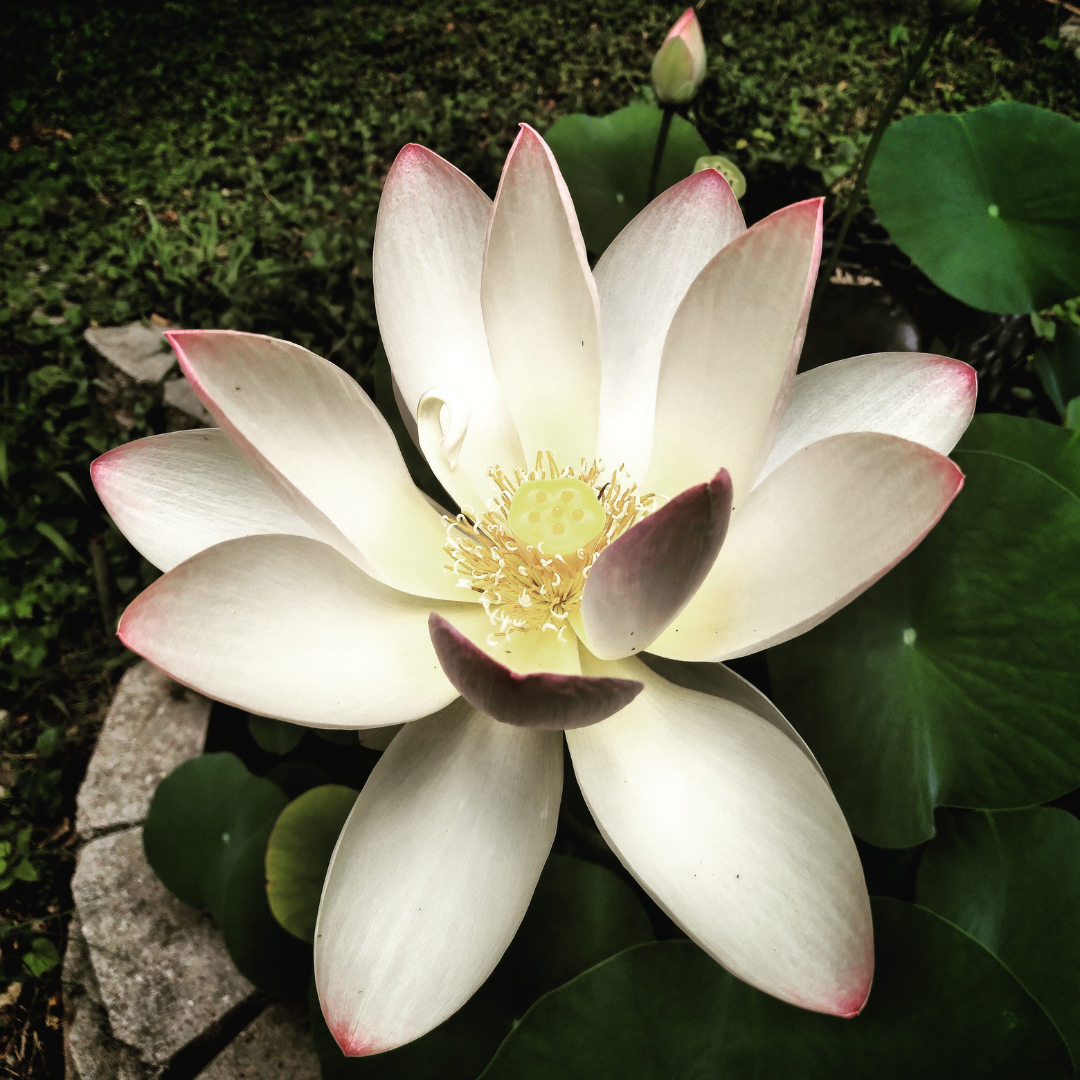
The lotus, India’s national flower, is admired for its graceful beauty and unique charm. Resting above still water, it looks like the plant holds so much wisdom and is full of calm. It has large, soft petals with beautiful shades of pink and white, making it a sight to remember.
In India, it stands graciously near the temples, holding the spiritual value together. If you have a pond at your home, this beauty is perfect for it.
Gulmohar
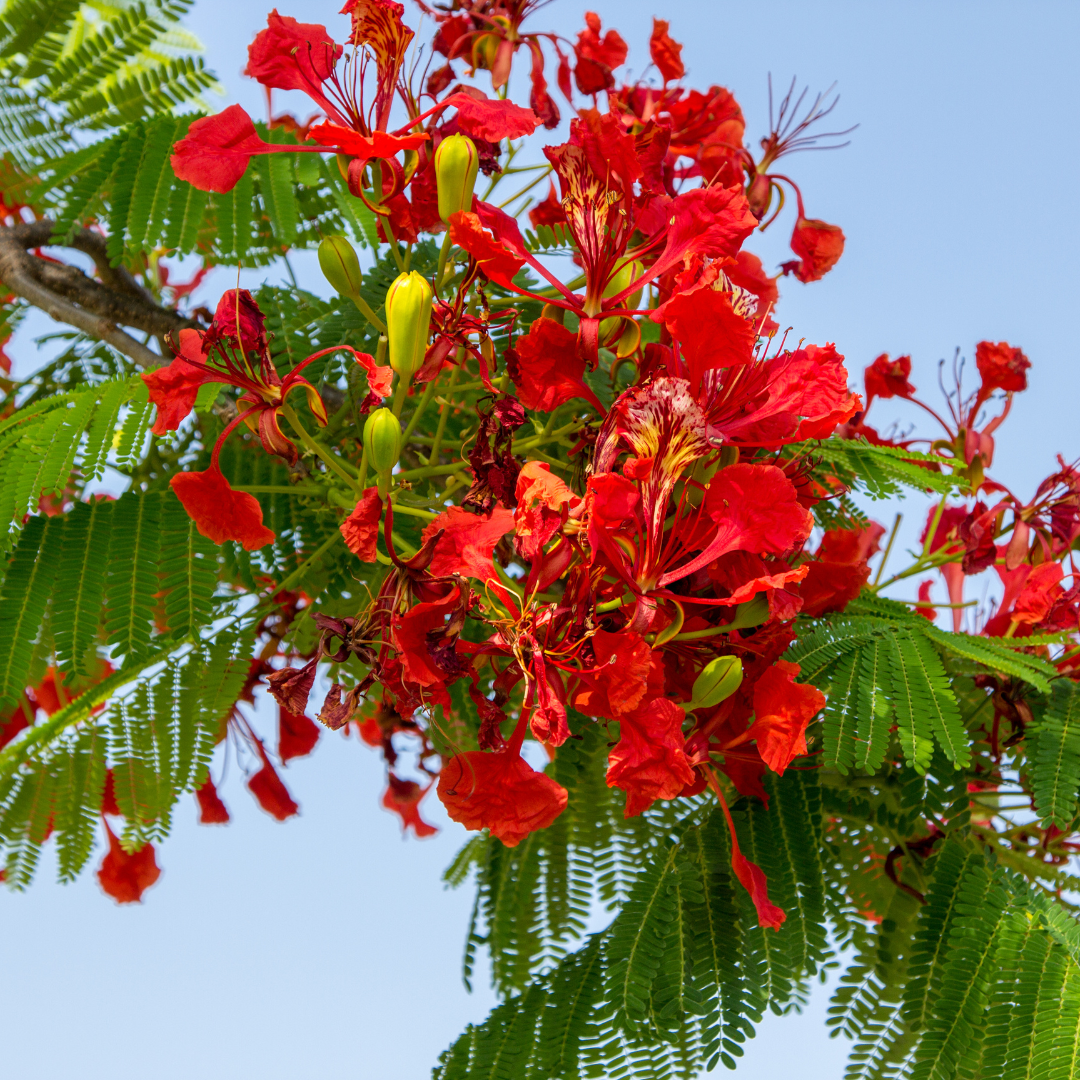
If there’s an answer to the tree that can resist heavy rainfall, then it's Gulmohar. Known for the stunning red or orange foliage, which can be easily spotted along the roadsides, the image appears straight out of the scenery. The rains in India and the gulmohar match the equation of a picture-perfect garden. Also, did we tell you it can handle waterlogging as well?
Cosmos
Colourful small flowers dancing against heavenly showers in your garden is a sight for every Indian home. Cosmos flowers are often seen growing easily in open spaces and home gardens. Their thin, long stems and soft daisy-like flowers dance with the wind. They come in gentle shades of pink, white, and yellow. During the rainy season, they sit at the low-maintenance part of the garden, making them a favourite among many gardeners.
Balsam
Balsams add a soft, peaceful charm wherever they grow. These short plants often bloom in shades of pink, purple, and white during the rains. They’re easy to spot in home gardens or on small patches of land near homes. Their blooms may appear delicate, making them a lovely addition to partially shaded spots during the rainy season. They can handle the rain just fine as long as the area isn’t too waterlogged.
Rainlily
Rain lilies are those delightful plants that bloom almost overnight after heavy downpours. You will find yourself waiting for the rain after planting its seeds. They’re low-maintenance and usually planted in groups, creating a carpet of blooms that adds brightness even in the drenched garden.
Jasmine
There’s something special about the smell of mogra after a rain shower. These white flowers are small but powerful. In Indian gardens, they are planted for their fragrance and the symbol of purity they carry. They look fresh against the green leaves and deliver the scent that becomes one of the most memorable parts of the season.
Cucumber
We’ve talked a lot about cucumbers in our vegetable garden diaries. They are one of the easiest vegetables to grow in your terrace or backyard area. Also, as climbers, they need support for their lush green vines to rest upon.
The cool, watery cucumber grows best with regular showers and humid air, and it's commonly used in fresh salads and drinks. It’s a plant that grows well in this season with very little effort.
My Personal Experience
From experimenting with growing marigolds in the garden to admiring the bold blooms of hibiscus lovingly planted by my mother, I’ve developed a deep connection with monsoon plants.
Flowering plants always play a huge part in our lives. Working in a business that helps people build their own green sanctuaries has only deepened my love for nature. And in a country as rich in biodiversity as ours, there’s no shortage of beautiful plants that grow in the rainy season to explore and enjoy.
Make the Most of This Season!
Now, you see, there are plenty of options for Monsoon flowers in India. These are not just beautiful to look at but remind us to slow down and appreciate the nature around us, which we often take for granted.
At Urvann, we are not just delivering plants but also helping you become an informed plant parent. In case you’ve missed it, don't forget to read our blog on Mosquito Repellent Plants, to spend a relaxing monsoon.
Drop your comments below if you have a tip to share or a plant you want to know more about.
Thanks for choosing us!
Frequently Asked Questions about Monsoon Plants
What are some different plants perfect for the Monsoon?
There are plenty of plants that can be a part of your monsoon bucket list. Flowering plants like hibiscus, rain lily, and jasmine are excellent options. At the same time, vegetable plants like Okra and cucumber won't let the harvest time go away. You can also choose ground cover plants like ferns to protect the soil.
Which plant is known to grow faster in the Monsoon season?
Vegetable plants like Okra, cucumber, spinach, and beans grow well in the rainy season.
Which plant is commonly known by the name Rain Flower?
Zephyranthes or Rain Lily stands with this title. This is because it blooms only during the rain.
Can we grow rose plants during the rainy season in India?
Depending on the conditions for growing roses, excess wet feet can lead to fungal disease on the plant.


